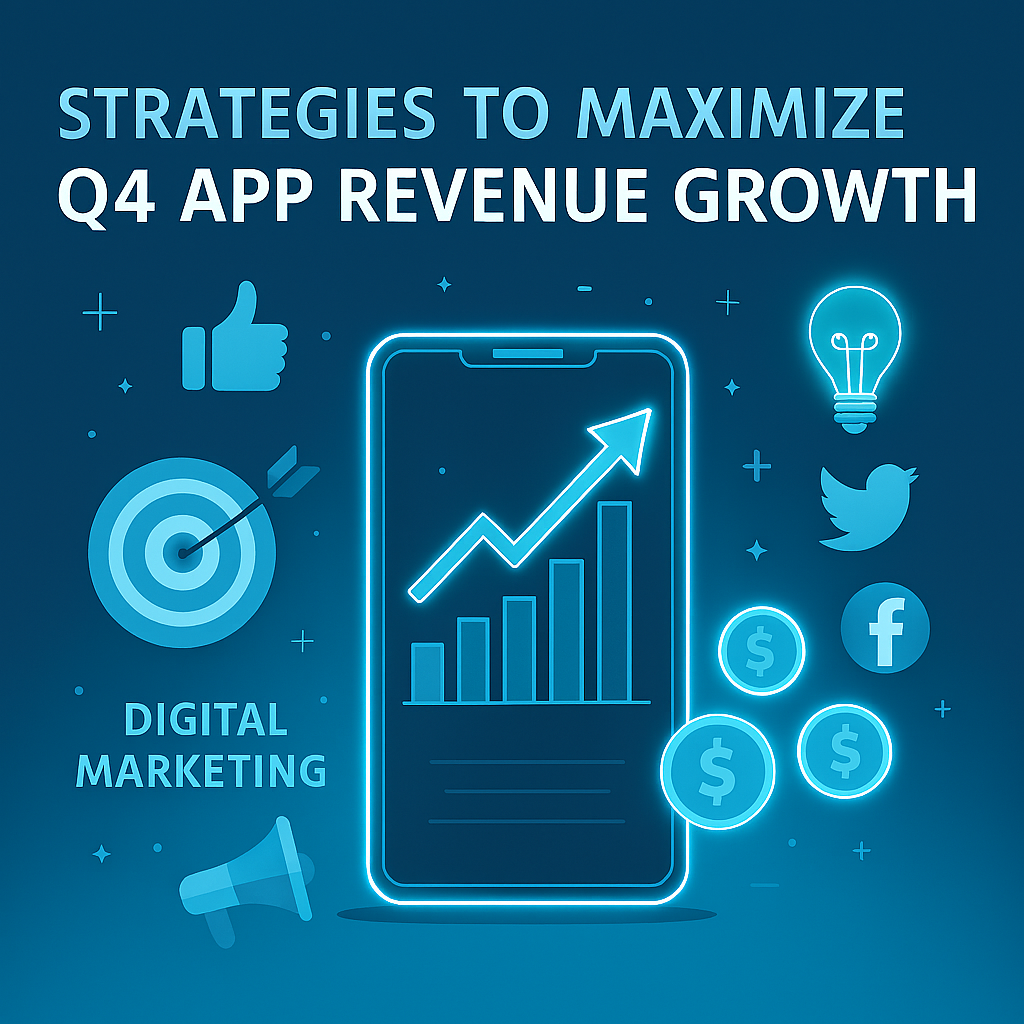Mobile advertising has become a critical aspect of marketing in the digital age. With the proliferation of smartphones and mobile devices, it is no surprise that businesses are looking to reach their target audiences through mobile advertising. One of the most popular metrics in mobile advertising is Cost Per Install (CPI).
Nowadays, given the difficult global economic landscape, many advertisers are looking for strategies and techniques in order to decrease their CPIs and improve their overall mobile advertising profitability. Therefore, let’s dive deep into the topic and see how to decrease your cost per install
What is Cost Per Install (CPI)?
Cost Per Install (CPI) is a metric used in mobile advertising to measure the cost of acquiring a new app user. It is computed by dividing the total amount spent for user acquisition per the number of new users acquired. CPI is an important metric for mobile app developers and advertisers because it helps them calculate their return on investment (ROI) for mobile advertising campaigns.
What are Cost Per Install Rates in mobile advertising ?
As mentioned in our introduction, the global economic landscape,affects also the mobile app industry. Following a sharp increase in prices during and after the pandemic, it seems that CPIs will go down due to the current geopolitical and economical situation. Indeed, app developers want to lower their cost per install in order to gain the most from their mobile advertising budgets, especially in Q1.

Why does Cost Per Install (CPI) matter for your ROAS ?
CPI matters for mobile app developers and advertisers because it helps them measure the effectiveness of their mobile advertising campaigns. By tracking CPI, businesses can determine the cost of acquiring new app users and compare it to the revenue generated by those users. This information can help businesses make informed decisions about their mobile advertising strategy and optimize their campaigns for better ROAS.
CPI is also important because it can vary depending on the type of app being advertised, the advertising platform, and the target audience. For example, CPI for a gaming app may be higher than CPI for a productivity app because gaming apps tend to have a more competitive market. CPI can also vary depending on the advertising platform used, such as Facebook, Google Ads, or a mobile ad network. Finally, CPI can vary depending on the target audience being advertised to. For example, advertising to a broad audience may have a higher CPI than advertising to a specific demographic.
How can businesses lower their Cost Per Install (CPI)?
Lowering CPI can help businesses maximize their ROI and make their mobile advertising campaigns more cost-effective. Here are some strategies that businesses can use to lower their CPI:
- Target specific audiences: By targeting specific audiences that are more likely to be interested in the app, businesses can reduce CPI by avoiding advertising to people who are unlikely to install the app.
- Optimize creatives: Businesses can optimize their ad creatives by testing different variations of ad copy, images, and videos to see which ones perform best. By creating more engaging and relevant ads, businesses can increase the likelihood of app installs and reduce CPI.
- Use retargeting: Retargeting is a strategy where businesses advertise to users who have already installed their app or visited their website. This can be a cost-effective way to generate more app installs from users who are already familiar with the business.
- Use social proof: Social proof is a powerful psychological phenomenon where people are more likely to take an action if they see others doing it. Businesses can use social proof in their ads by featuring positive reviews or user ratings to increase the likelihood of app installs.
- Monitor and adjust bids: By monitoring CPI and adjusting bids accordingly, businesses can optimize their ad spend for better ROI. This involves analyzing data from previous campaigns to determine the ideal bid price for different target audiences and ad placements.
- Geolocation: cost per install changes by country. Try to identify the best opportunities by targeting geographic locations that offer good monetization and a lower cost per install.
If you’re ready to take your app growth to the next level, connect with our experts to learn how we can help you grow your app with ROAS-driven UA campaigns!




















